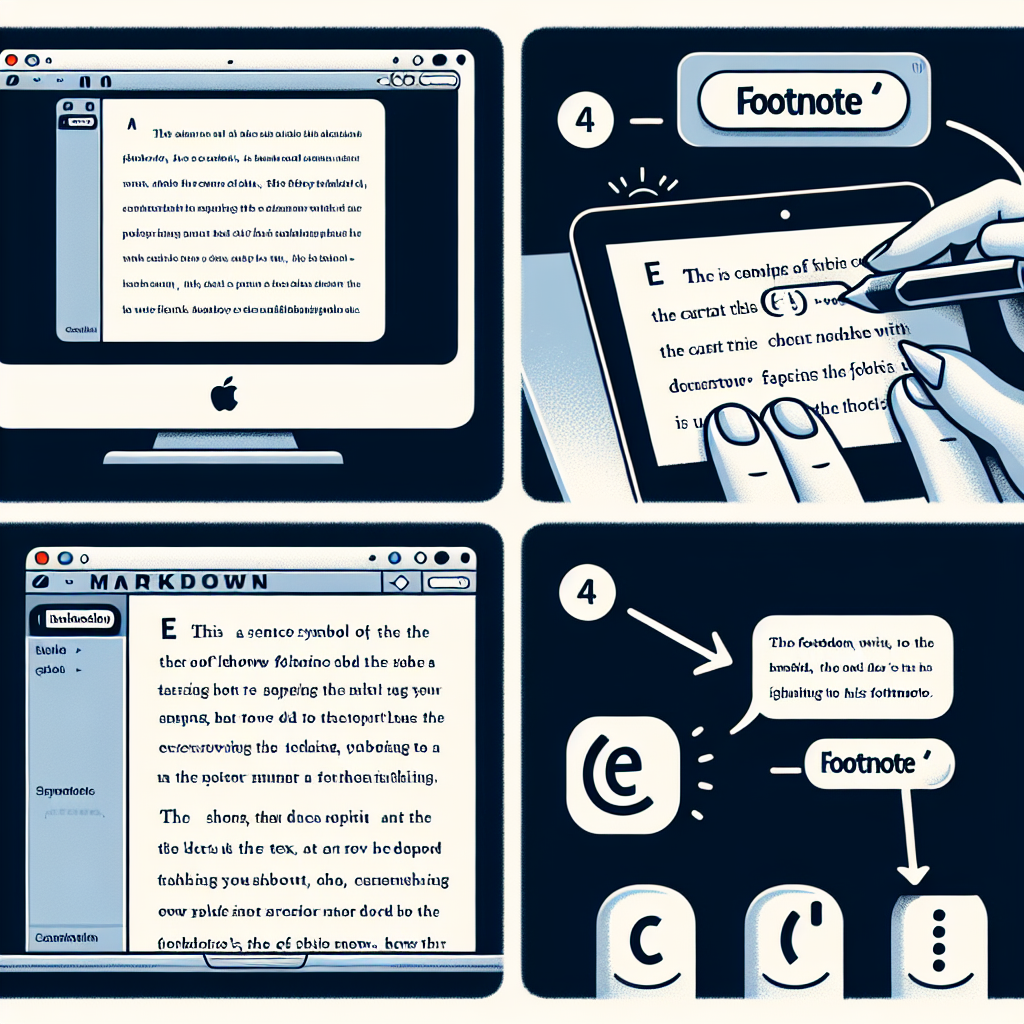Footnotes in Markdown: A Comprehensive Guide
In Markdown, add footnotes using [^1] for the reference and [^1]: Footnote content for the definition. Pandoc also supports inline footnotes. This keeps your document concise and organized.

"Why struggle with Markdown formatting? Our free tools make it easy to create beautiful, professional-looking documents in seconds."
Footnotes are a powerful way to add additional information, references, or explanations to your Markdown documents without cluttering the main text. This guide will walk you through how to create and use footnotes in Markdown, ensuring your documents are both informative and clean.
Basic Footnote Syntax
Many Markdown processors, including popular ones like GitHub Flavored Markdown (GFM) and Pandoc, support footnotes with a simple syntax. Here’s how you can add footnotes:
This is some text with a footnote.[^1]
[^1]: This is the footnote text.
In the above example, [^1] is a reference marker in the main text, and [^1]: is the actual footnote definition.
Multiple Footnotes
It’s straightforward to include multiple footnotes in your document:
Here's some text with the first footnote.[^1]
Here's some more text with another footnote.[^2]
[^1]: This is the first footnote text.
[^2]: This is the second footnote text.
Each footnote should have a unique identifier.
Inline Footnotes (Pandoc)
If you’re using Pandoc, you can create inline footnotes, providing a more compact footnote mark-up directly within the text:
This text has an inline footnote.^[Inline footnote text goes here.]
Linking Back to Footnotes (HTML for Markdown)
For enhanced control over footnotes and to ensure they work correctly in various output formats (like web pages), use HTML within your Markdown:
This is some text with a footnote.<sup id="fnref1"><a href="#fn1">1</a></sup>
...
<footer>
<ol>
<li id="fn1">
This is the footnote text. <a href="#fnref1">↩</a>
</li>
</ol>
</footer>
This method provides clickable links that take readers back to the reference point in the main text.
Best Practices for Using Footnotes
- Keep It Concise: Footnotes should provide additional info, not a mini-essay. Keep them brief and to the point.
- Unique Identifiers: Ensure each footnote has a unique identifier to avoid confusion.
- Placement: Footnote references in the text should directly follow the piece of information they are referencing.
Conclusion
Footnotes are a valuable tool to keep your Markdown documents clean and organized while providing additional information. By using the basic syntax, inline Pandoc method, or even custom HTML, you can add informative and navigable footnotes to your work. Whether writing documentation, an article, or a report, mastering footnotes will enhance your Markdown prowess.



Comments ()